Volvo Cars has announced that it will invest 10 billion Swedish krona (around RM4.59 billion) in its Torslanda manufacturing plant in Sweden in the coming years. This is to prepare the facility to produce the brand’s next generation of electric vehicles (EVs) and is another step in the carmaker’s journey to go fully electric by 2030 – the company also entered a partnership with Northvolt.
As part of the planned investments, Volvo will introduce new and more sustainable technologies and manufacturing processes in the Torslanda plant, with the highlight being a mega casting production technique for aluminium body parts. This will first be used for the production version of the Concept Recharge called the Embla.
Mega casting is also utilised by Tesla for the Model Y and brings about significant benefits like reduced complexity in the vehicle manufacturing process. Currently, most car bodies are made up of several individual pressings made of various materials that must be joined together by way of welding, fasteners or adhesives.
With mega casting, Volvo says that several components of a car can be made into a single aluminium part instead. As reported by Auto Express, the carmaker will use the technology to create single-piece aluminium floor pans that have mounting points for suspension components and electric motors already built in. This is said to negate the need for a rear subframe and reduces the number of parts needed for each car by around 100.
Besides less complexity during manufacturing, casting major parts of the floor structure of a car as one single aluminium part also reduces the vehicle’s weight, which will contribute to energy efficiency and improved electric range, the carmaker explained. Additionally, designers will also be able to optimally use the available space inside the cabin and luggage for improved practicality.
As Volvo is also committed to reducing its carbon footprint, a simpler manufacturing process will also allow for cost savings in terms of material use and logistics, which will reduce the environmental footprint across the manufacturing and supply chain networks.
Auto Express also reports that the new production technique will allow platforms to be constantly updated as technology improves, by adjusting elements of the mould to suit any revisions.
There’s also more flexibility with this system, as Mikael Fermér, Volvo’s lead engineer for its mega casting project, explained: “Let’s say you want to produce a small B-segment vehicle. [It’s] very simple with no electrical motor in the rear and just a simple twist beam. Very simple. Then you produce a cast floor for that one, which is totally optimised for that one.”
“On the other end, you have a seven-seater with three seat rows, fully active suspension, rear wheel steering and a big electrical motor. Then you create a casting for that one. Totally optimised for that product. These two products have nothing in common and they are totally optimised for their own purpose,” he continued.
“Imagine if you tried to do that on an existing platform within the bandwidth you have. It’s more or less impossible. And if you do it, there will be major penalties on one or both. So that’s kind of the view – that you can optimise much more for unique products,” he ended.
In other areas of the Torslanda site, Volvo will also establish a new battery assembly facility that will integrate battery cells and modules in the floor structure of cars, while the final assembly shop will be refurbished to accommodate the brand’s future EVs. For example, a new “marriage point” will be set up where the top body and floor of the car meet for the first time.
Upgrades to the paint shop include the installation of new machinery and implementing new processes that are aimed at reducing energy consumption and emissions. Lastly, the logistics area will be further optimised, while the working environment for all employees will be improved.
The Torslanda plant is one of Volvo’s longest-operating manufacturing facilities and was opened in April 1964. It currently has an annual production capacity of 300,000 cars and employs around 6,500 people operating on three shifts.
Looking to sell your car? Sell it with Carro.

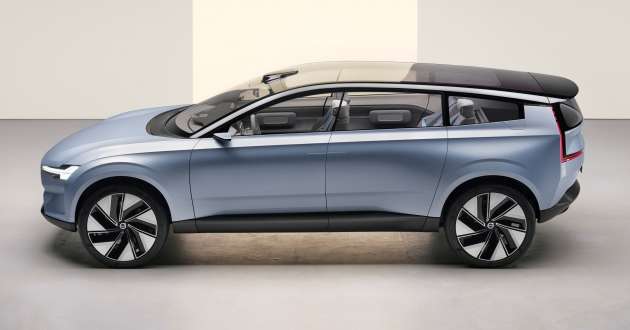




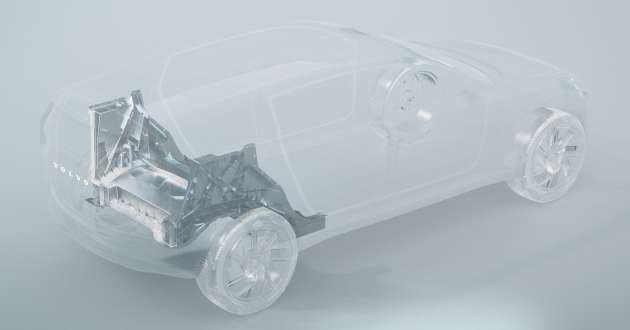
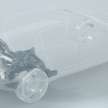
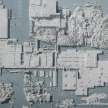
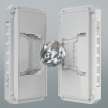
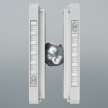
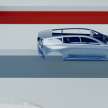
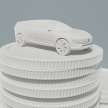
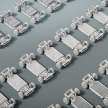












Back when detractors said that after Geely purchase of Volvo cars they will move all operations back to China and the same goes for Geely’s buyout half of Proton. Looking at these investments putting back into our respective countries, they were all dead wrong.
Geely’s purchase of Volvo Cars came with a precondition that Volvo Car’s HQ operations would remain in Sweden or else there would be a ‘brain drain’ from Volvo.
Geely’s stake in Proton Holdings is only 49.9%. DRB-HICOM’s 50.1% stake is why Geely is regarded as a ‘strategic partner’ who can’t simply do what it wants with Proton.
cast in one piece, sounds good but what will happen to repair after accident?
You replace it. The mega casting is to provide an integral shell around the battery cells to prevent penetrating impacts that could cause harm from a damaged battery.
Should use carbon fiber…